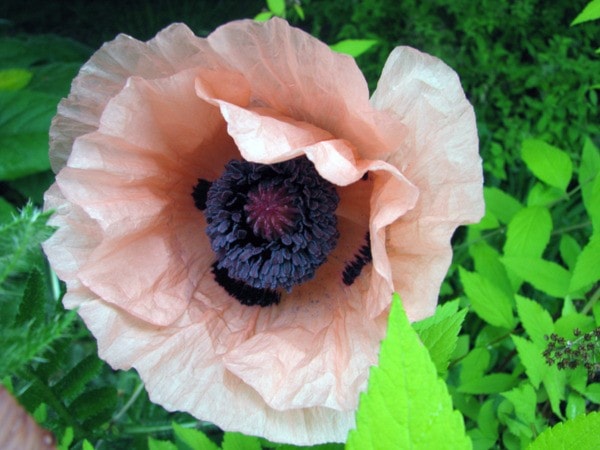Plants have the ability to activate a range of self-defences in response to attacks by pathogens and parasites.
The timing of these defence responses is very critical, as it can mean the difference between being able to cope with the parasite or pathogen … or succumbing to it.
Systemic acquired resistance (SAR) and induced systemic resistance (ISR) are two forms of resistance.
In both of these, the plant’s defences are preconditioned by prior infection or by treatment that results in its tolerance against subsequent attack by parasites or pathogens.
Induced systemic resistance was first observed more than 100 years ago, and to date, more than 30 species of plants have been found to have IRS responses.
Scientists had discovered some plants exhibited a hypersensitive reaction to disease that prevented its spread. They also found that the disease organism was not only localized, but the whole plant also became resistant to attack by that disease.
In a nutshell, when a plant is attacked by disease or insect, it starts to produce an abundance of certain chemical compounds. These compounds may cause resistance themselves or be the messenger that signals the plant to start producing other chemical compounds that will defend the plant against the disease or make it less of a dietary feast for insects.
Salicylic acid is one of these compounds, and it occurs naturally in many plants. It may well have evolved as a defence against insects.
Isolated from willow bark as far back as 1828, salicylic acid is chemically related to acetylsalicylic acid – or aspirin. (Bayer was the first to begin producing in 1859.)
Jump ahead to the 1990s, when scientists made the discovery that plants under attack by a disease increased their salicylic acid concentration a whopping 180 times. They also noticed a marked increase in other proteins that promoted disease resistance.
Curious about the benefits of aspirin water on plants, Martha McBurney, master gardener in charge of the demonstration vegetable garden at the University of Rhode Island, conducted some tests of her own.
After numerous trials, she found the correct dosage to be one and a half aspirin tablets (81-gram strength) dissolved into two gallons of water. (Note: aspirin must be the uncoated form and should not contain any other additives such as disprin.)
McBurney also added two tablespoons of yucca extract to help the aspirin water adhere to the leaves. A mild liquid soap can be substituted for the yucca extract.
She sprayed the plants every three weeks. By the end of the season, the plants that were sprayed with aspirin water were huge, green … and best of all, had no insects. McBurney also noted some disease problems present at the beginning of the trial appeared to have reversed themselves.
Another facet of her salicylic acid experiments was to spray aspirin water on seeds sowed directly in the ground. Her results were 100 per cent germination.
Salicylic acid is the truth behind an old wives’ tale – adding an aspirin to a vase of cut flowers will definitely keep the blooms fresh longer.
Cutting off the flower stalk triggers the plant into protecting its wound by producing a compound that not only assists the plant in fighting off bugs but also speeds up its aging and wilting process. An aspirin in the vase of water stops the production of that compound in the flower stems, which helps to keep the flowers looking lovely and fresh longer.
For the strictly organic gardeners amongst us … aspirin would not be a treatment option since it is largely synthetically produced.
Researchers are now conducting studies using pure willow extracts and comparing the results to those of the aspirin experiments.
Leslie Cox co-owns Growing Concern Cottage Garden in Black Creek. Her column appears every second Friday.
